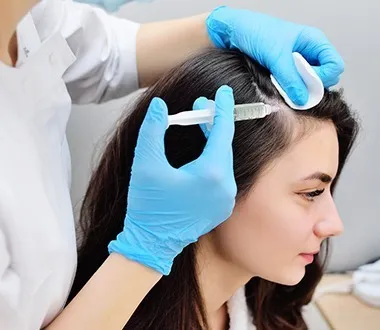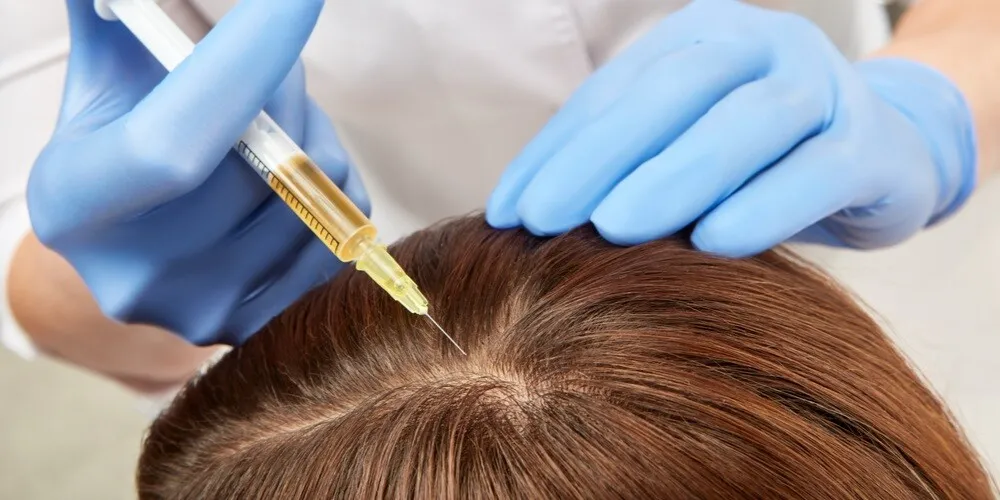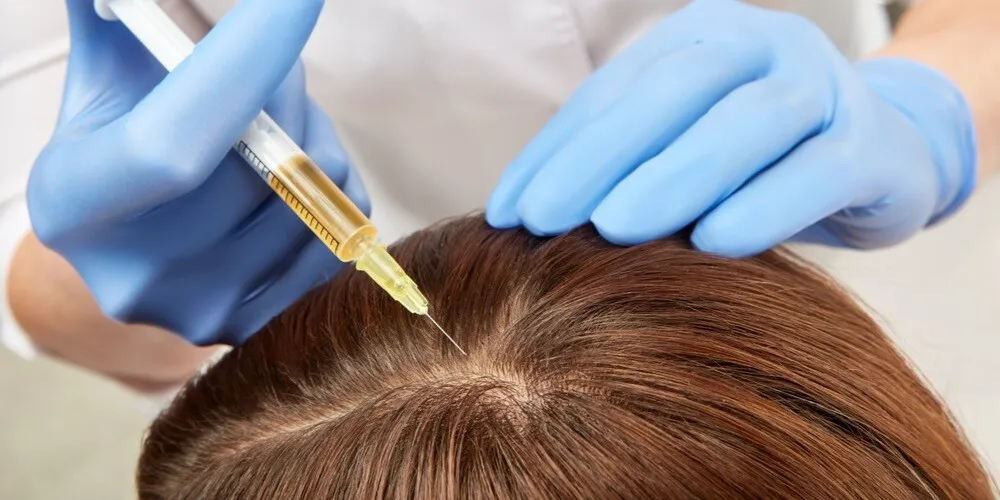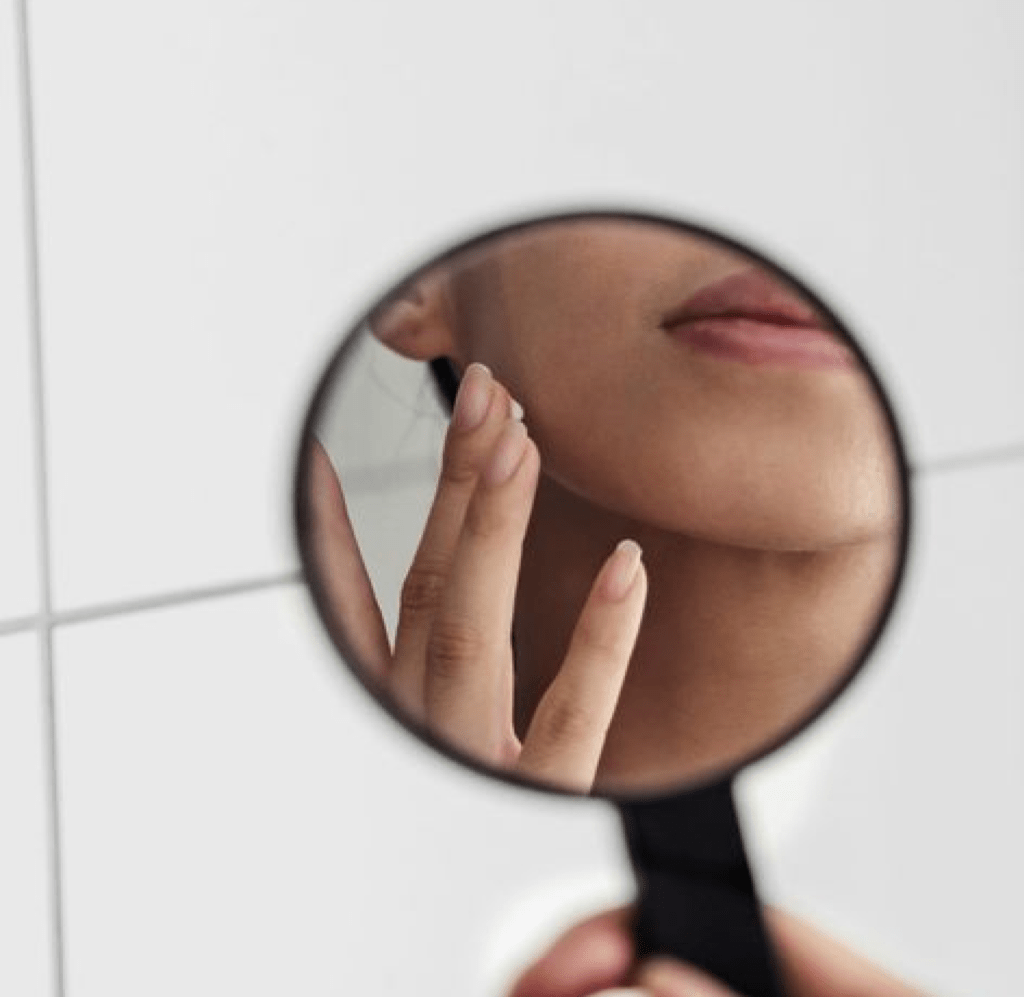The number of laser hair removal sessions required varies from person to person. Several factors influence the number of sessions needed for optimal results:
1. Hair Color and Thickness
Individuals with darker, coarser hair may require fewer sessions than those with lighter, finer hair. Coarse hair absorbs more laser energy and responds more effectively to the treatment.
2. Hair Growth Cycle
Hair grows in different cycles: anagen (growth phase), catagen (transitional phase), and telogen (resting phase). Laser hair removal is most effective during the anagen phase when the hair is actively growing. Multiple sessions are needed to catch all the hairs in the anagen phase, as not all hairs are in this stage simultaneously.
3. Skin Type
The skin type plays a role in the number of sessions required. Individuals with lighter skin and darker hair typically need fewer sessions, while those with darker skin may require more sessions with lower energy settings to minimize the risk of skin damage.
4. Hormonal Factors
Hormonal imbalances or conditions like polycystic ovary syndrome (PCOS) can result in excessive hair growth. In such cases, additional sessions may be necessary to maintain hair reduction.
5. Desired Outcome
The number of sessions also depends on your desired outcome. Some individuals may aim for complete hair removal, while others may want significant hair reduction. Your treatment plan can be tailored to your specific goals.
Preparing for Laser Hair Removal
Before undergoing laser hair removal, there are several steps to take to ensure the procedure’s effectiveness and safety:
1. Consultation
Schedule a consultation with a licensed and experienced laser technician or dermatologist. During this consultation, your skin type, hair color, medical history, and treatment goals will be assessed.
2. Avoid Sun Exposure
Sun exposure can make your skin more sensitive to the laser. It’s essential to avoid sunbathing and tanning beds for several weeks before treatment. If sun exposure is unavoidable, use a broad-spectrum sunscreen with a high SPF.
3. Shave the Treatment Area
On the day of your appointment, it’s recommended to shave the treatment area. This allows the laser to target the hair follicles effectively without the interference of hair above the skin’s surface.
4. Avoid Certain Products
Avoid using products that can irritate the skin, such as retinoids, alpha hydroxy acids, and beta hydroxy acids, for a few days before treatment.
The Laser Hair Removal Process
The actual laser hair removal process is relatively straightforward:
1. Protective Eyewear
You will be provided with protective eyewear to shield your eyes from the laser’s intense light.
2. Cooling Gel
A cooling gel may be applied to the treatment area to protect the skin and enhance comfort during the procedure.
3. Laser Application
The technician will use a handheld laser device to target the hair follicles. You may feel a sensation like a rubber band snapping against your skin, but most people tolerate the treatment well.
4. Post-Treatment Care
After the procedure, you may experience redness and mild discomfort in the treated area. Applying a soothing gel or cream and using cold packs can help alleviate these symptoms. It’s important to avoid sun exposure and follow the technician’s post-treatment care instructions carefully.
Benefits of Laser Hair Removal
Laser hair removal offers several advantages over traditional hair removal methods:
1. Long-Lasting Results
Laser hair removal provides long-lasting results, with many individuals experiencing permanent hair reduction after a series of sessions.
2. Precision
Laser technology allows for precise targeting of hair follicles, leaving the surrounding skin unaffected.
3. Time-Saving
Laser hair removal sessions are relatively quick, especially when compared to the time-consuming routine of shaving or waxing.
4. Reduction in Ingrown Hairs
Laser hair removal can reduce the occurrence of ingrown hairs, which are common with methods like waxing and shaving.
5. Smoother Skin
After laser hair removal, the treated skin often feels smoother and softer.
Potential Risks and Side Effects
While laser hair removal is generally safe, there are some potential risks and side effects to be aware of:
1. Skin Irritation
Temporary skin irritation, including redness and swelling, is common immediately after treatment but typically subsides within a few hours to a few days.
2. Pigment Changes
In rare cases, laser hair removal can cause pigment changes in the skin, either darkening (hyperpigmentation) or lightening (hypopigmentation). This risk is higher for individuals with darker skin tones.
3. Blistering and Scarring
Severe blistering and scarring are rare but possible, especially if the procedure is not
performed correctly or if post-treatment care is neglected.
4. Eye Injury
Protective eyewear is crucial during the procedure to prevent potential eye injury from the laser’s intense light.
